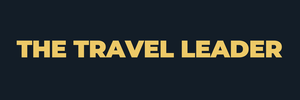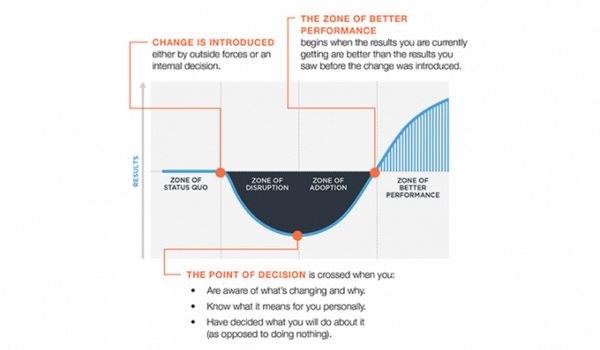|
I’ve never really considered myself a Tech person. My strongest school subjects were in the social sciences. I participated in the sciences out of necessity and never enrolled in computer science. However, somewhere along the way, I realized that digital technology had a super-power and it was going to make my personal and professional life easier. Both at home and at work I’ve leaned into technology to professionalize processes and systems and ultimately to invest in a return on time and money. In 2011, when we took over our family hotel business, we were using an outdated property management system, receiving online channel agency reservations by fax message and keying in credit cards one number at a time. We have spent the good of the last ten years upgrading all systems on our property to improve the employee experience, customer experience and our bottom line. Implementing technology improvements has not been all fun and games. I found out relatively quickly that technology usage is harder for some than others, that not everyone can see the advantages and that adapting to change is a process. I’ve made some mistakes and learned that it takes leadership to establish a vision, address resistance to new systems and manage the change process. Establish a vision You may think that the new system you will introduce is the greatest thing since sliced bread, but the people around you may have no idea why. When doing so, it is critical to demonstrate 1) the positive outcomes that will result for team members 2) how it will impact customers and 3) how the company as a whole will benefit. In her book, The Customer of the Future, Blake Morgan lays out the case for technology innovations and how necessary they are for the employee and customer experience. When employees don’t have the right tools and technology, engagement falls. The key to customer experience success is creating frictionless experiences and this is where technology either plays a role in creating or removing friction. A couple of years before the pandemic we started taking reservations at our restaurant and bowling lounge. Every reservation had to be taken by phone and email and then payments for deposits and the actual reservation had to be entered into the system manually at an on-site physical location. We finally bit the bullet and started a process to implement an online reservation process on our website. In doing so we would decrease the time staff spent taking and entering reservations, allowing them to do other things. We would be improving the customer experience because they had more control over the process and could complete a reservation in less time. And finally, we would no doubt book more reservations and maximize our overall occupancy and therefore financial bottom line. Address resistance At my hotel we are currently considering whether to implement cashless tipping for the housekeeping department. We are introducing this idea because we think it will pay off for housekeepers and increase their tips. We also believe it will make it easier for guests to tip when they want to. I’ve brought the idea to our housekeeping team, but the response was luke warm…and I get it. There’s something about cash and knowing you can stick it in your pocket. You can touch and feel it. There is a security to it. Switching to cashless tipping brings an unfamiliar system and uncertainty around when and how you will actually receive your money. The bottom line is that resistance comes from a deeper place of fear and those fears may not look the same for everyone. It is critical to uncover what they are for each person and address them by doing the research and answering questions. I have also found that it becomes a question of the tipping point: at what point does the opportunity of the change outweigh the “pain” or disadvantages of the status quo? Managing the change process: Managing the change process is for me the most challenging part. I am not a patient person and that impatience often threatens to blow the whole thing to smithereens. When we decided to move to a guest text messaging system which required a completely new software, I had been researching it for months, made a decision and I was ready the next day to execute. I ended up skipping over a bunch of steps and asked my team to roll out the usage of the new text messaging system on the Friday of a major peak ski weekend. Huge blunder….no surprise there. Here are the critical steps to take to ensure a smoother change process:
Technology innovations are critical to the success of any company to keep up with customer expectations and the competition. While it can be daunting, reflecting on your own mindset, that of your employees and engaging in the process above, it can be a lot easier to undertake.
1 Comment
Mom
11/2/2022 07:37:56 am
Great!
Reply
Leave a Reply. |
AuthorRachel Vandenberg is a leadership coach living in Stowe, Vermont with her husband and three children. Rachel also owns and operates a hotel and attractions property with her family. She sits on the board of the local tourism association and also created a leadership retreat for women leaders in travel. Archives
July 2024
Categories
All
|



 RSS Feed
RSS Feed
